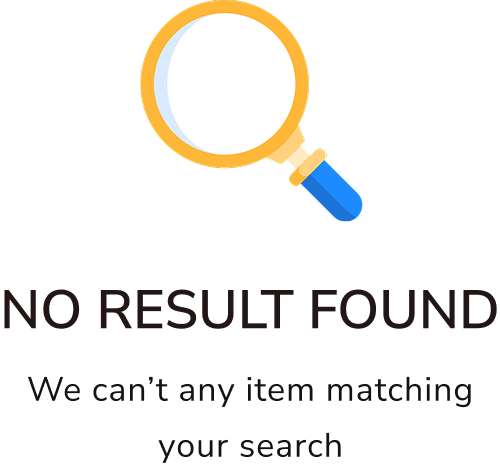In the intricate field of procurement and contracting, requirement validation plays a pivotal role in ensuring the success of any project. This process involves verifying that the requirements outlined in procurement documents, such as Requests for Proposals (RFPs) or Invitations to Bid (ITBs), are accurate, complete, and feasible. Through careful review and clarification, organizations can align procurement practices with project objectives, thus avoiding potential pitfalls.
The Importance of Requirement Validation
The main aim of requirement validation is to minimize ambiguities and inconsistencies, which can lead to contract disputes and misunderstandings. By thoroughly vetting procurement documents, organizations can ensure that goods, services, or works procured match their expectations, paving the way for a fair and transparent process that benefits both the buyer and the vendor.
Key Steps in Requirement Validation
1. Review and Clarify Requirements
The procurement team meticulously examines the procurement documents, focusing on elements like technical specifications, performance criteria, and delivery timelines. This step includes eliminating ambiguities and resolving conflicting information to ensure clarity.
2. Conduct Feasibility Assessments
The next step is assessing the feasibility of the requirements. This involves analyzing technical aspects, market availability, costing, and regulatory compliance to determine the achievability of the goals within the project’s constraints.
3. Align with Project Objectives
It is crucial to ensure that all requirements align with the broader project objectives and organizational needs. The vendor or contractor selected should be able to meet these demands, contributing to the project's success.
4. Engage Stakeholders
Collaborating with stakeholders, including end-users, project managers, and legal teams, is essential. This engagement ensures that the requirements reflect a comprehensive perspective and gain consensus among all key parties involved.
5. Document and Communicate Changes
Any changes or clarifications made during the validation process must be documented and shared with all stakeholders, ensuring transparency and reducing future misunderstandings.
6. Continuous Review Process
Requirement validation is not a one-time task but an ongoing process throughout the procurement and contracting lifecycle. Continuous reviews ensure that all new insights or information are incorporated efficiently.
Conclusion
By implementing a rigorous requirement validation process, organizations can optimize their procurement strategies. This not only enhances the effectiveness of vendor selection but also lays a solid foundation for successful contract execution. Such practices promote fairness, transparency, and accountability, ultimately fostering fruitful vendor relationships and minimizing operational risks.
 PMG stands for Projects Management Group. We provide state-of-the-art Engineering Services to build world-class food processing factories.
PMG stands for Projects Management Group. We provide state-of-the-art Engineering Services to build world-class food processing factories.  Engineering is the difference between Chaos and Excellence. If you are going to do it, do it right.
Engineering is the difference between Chaos and Excellence. If you are going to do it, do it right.  Explore the diverse range of Products in the Food Processing Industry.
Explore the diverse range of Products in the Food Processing Industry.  Explore the technologies at the heart of the the Food Processing Industry.
Explore the technologies at the heart of the the Food Processing Industry. 


 Back
Back 



